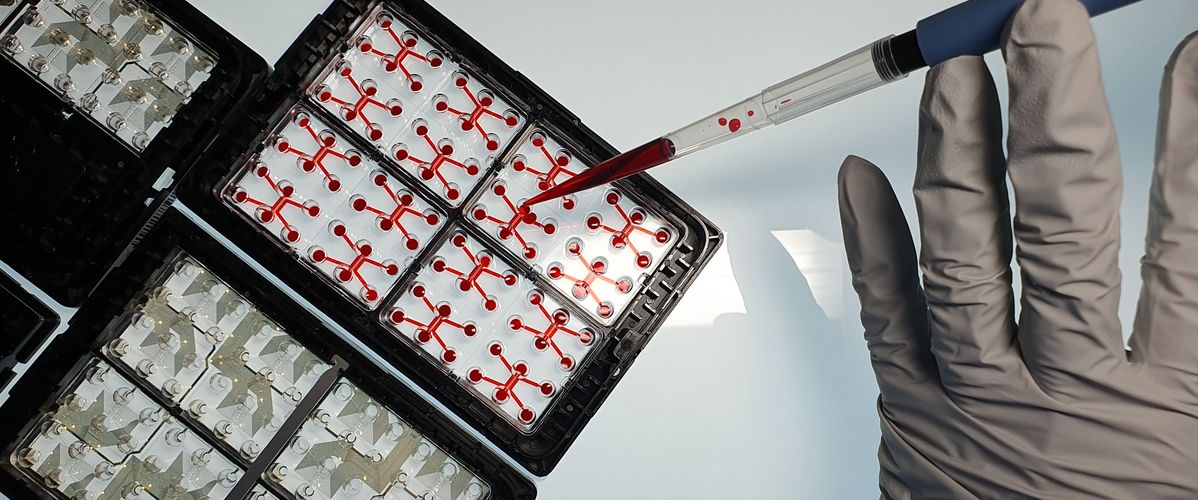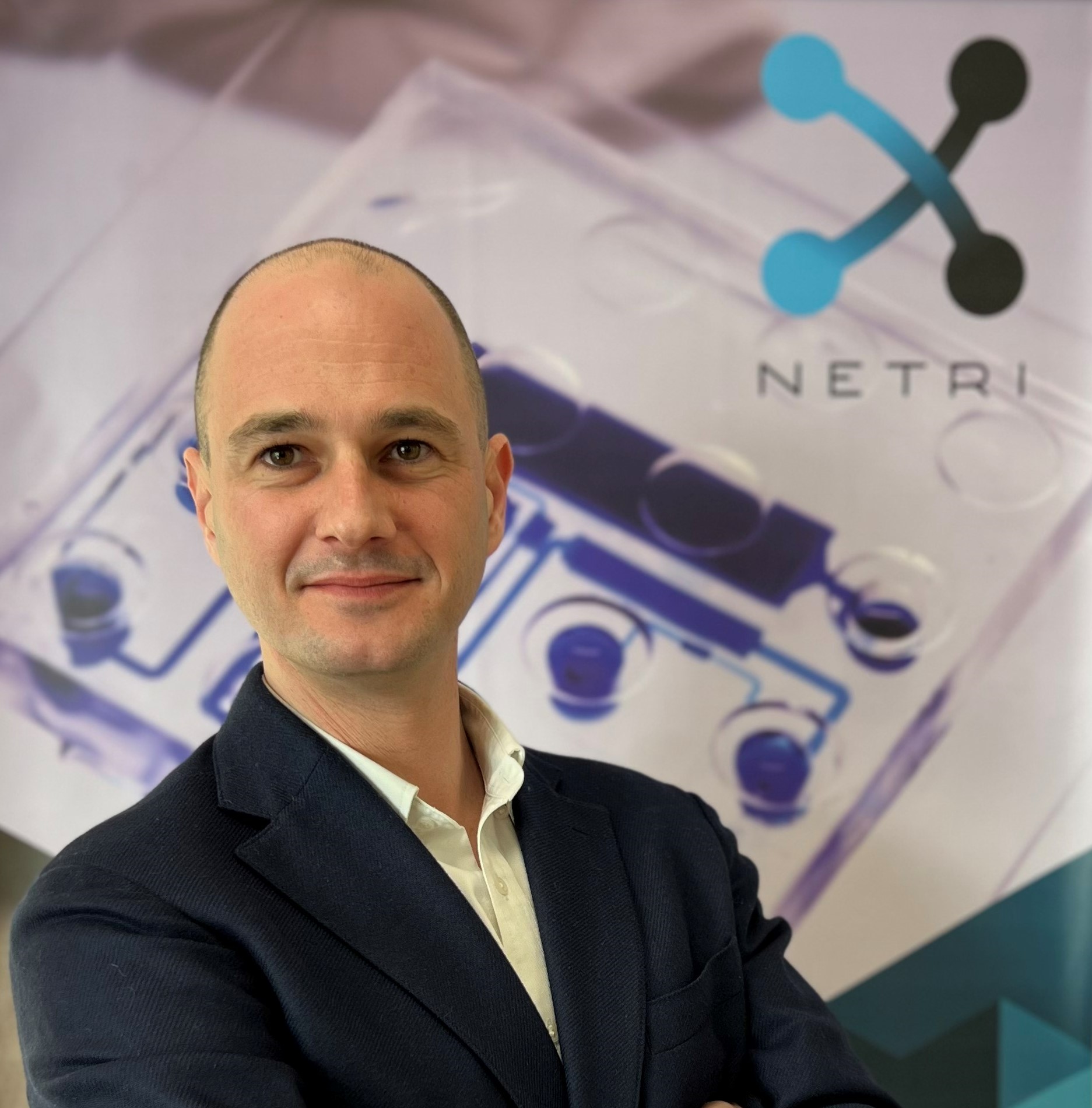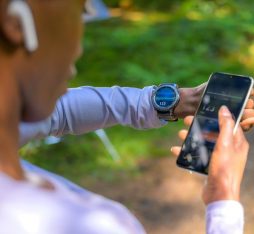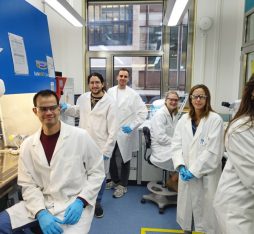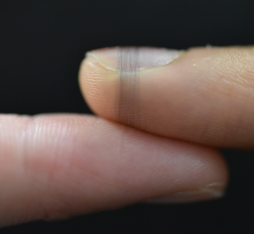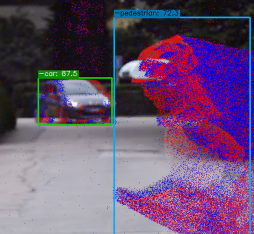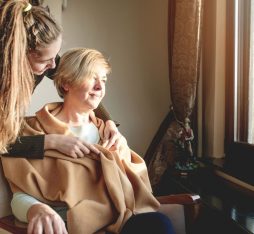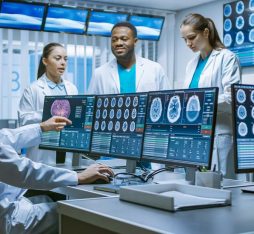• In France, Netri, the winner of a CES 2025 Innovation Award, has emerged as the leader of a revolution in the making. Earlier this month, the Lyonnaise scale-up opened a new production facility to cope with growing demand for the new technology.
• Company CEO Thibault Honegger explains how OoCs work and how they can drive research and innovation in healthcare, cosmetics and the food industry.
Organ-on-a-chip systems, which model human biological functions and enable scientists to better understand and avoid drug development failures, have ushered in a minor revolution in the world of biomedical research. In France, Netri, which received an Innovation Award at CES 2025, has emerged as a major player in the new field. In a 4 February ceremony attended by the state secretary for the France 2030 investment plan, Bruno Bonnell, the Lyonnaise company inaugurated a new production facility to meet the needs of a market that is eager to speed up discovery programmes while making extensive savings. “It takes an average of ten years and costs an average of one billion euros to bring a new drug to the market. One of the key stages in this process is the preclinical phase, which determines a product’s toxicity and efficacy,” explains Netri co-founder and CEO Thibault Honegger. The organ-on-a chip systems developed by the scale-up can significantly accelerate this phase.
By digitizing biology, we are paving the way for trials that are a lot more relevant and much closer to reality
Organs-on-a-chip are microfluidic devices that circulate liquids in micrometre-sized channels through cultured cells which are monitored by microelectronic circuits (chips). Presented in bento-style boxes, they enable scientists to simulate the effects of compounds on brain, liver, lung and other organ cells, whose responses are naturally relayed by a standardized neuronal culture. “The technology makes it possible to avoid animal testing and provides more accurate data that is closer to human biology.”
Neuronal sensor kits
In 2018, after six years of research at the CNRS in Grenoble, the future entrepreneur joined forces with embedded microelectronics researcher Florian Larramendy to found Netri. “We wanted to move away from a purely academic environment and make a concrete contribution to the healthcare industry,” explains Thibault Honegger. “All of human biology is innervated, and we take advantage of this natural nervous system to capture precise information on the toxicity and efficacy of drug candidates.” The approach makes it possible to record “digital signatures”, i.e. precise patterns of neuronal electrical activity associated with physiological states, which are then decoded and interpreted by machine learning algorithms to predict the impact of new compounds.
“By digitizing biology, we are paving the way for trials that are a lot more relevant and much closer to reality,” points out the entrepreneur. The use of digital signatures considerably expands the scope for automated analyses by generating data that can be directly interpreted with IT tools. A key result of this will be a net reduction in the time required for preclinical testing and significantly reduced drug discovery costs. “It makes it possible to record the way the spinal cord and organs communicate in biological neural networks, and to compare biological digital signatures with the signatures of the compounds that our customers want to bring to market.”
A range of promising markets
Along with its offering for pharmaceutical development, Netri is also marketing its technology to the dermatology/cosmetics and food industries. Both of these sectors stand to benefit from automated analyses, which will reduce their reliance on animal testing while providing more reliable and directly applicable results. “Among other solutions, we have developed innervated skin models to study phenomena such as irritation, scratching and inflammation linked to pathologies such as psoriasis and atopic dermatitis.” For their part, major food industry groups are also interested in the technology, which will enable them to monitor the toxicity of adjuvants and food substitutes, such as alternatives to palm oil, as well as pesticides and herbicides used for their products.
Top picture caption: A bento box of organs-on-chips to evaluate the nervous system response to certain compounds.

